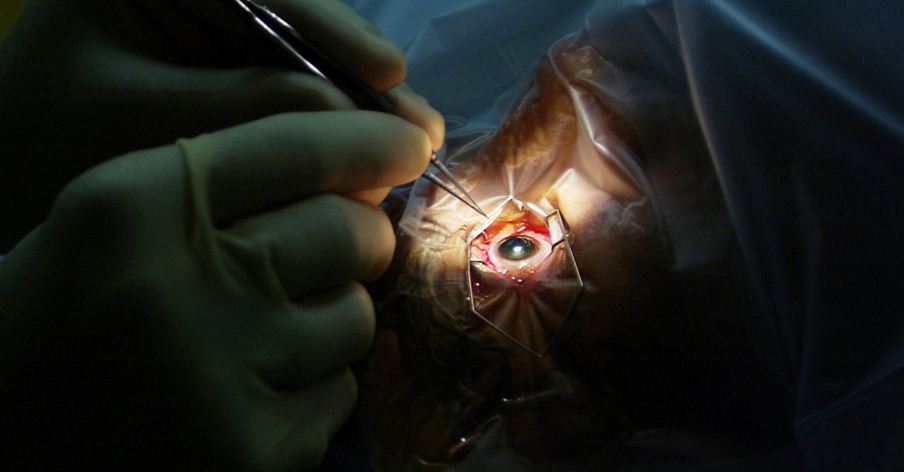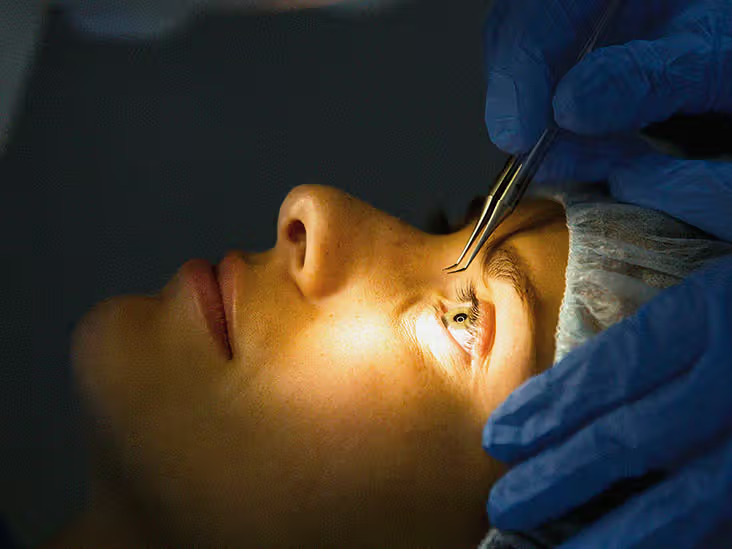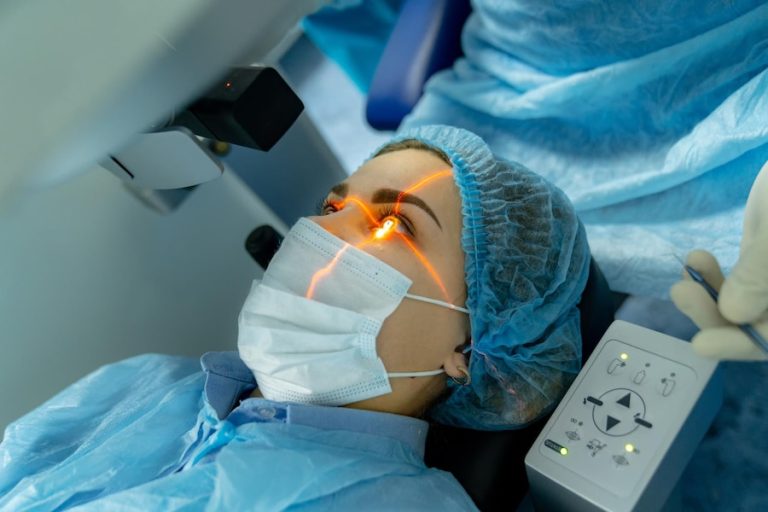Understanding Previous Eye Surgery: Types and Outcomes
Eye surgery is a delicate medical procedure performed to correct various eye conditions and improve vision. With advancements in medical technology, many eye surgeries have become safer and more effective, offering patients the chance to regain or enhance their vision. However, having undergone previous eye surgery can influence future eye health, vision, and the approach to any subsequent surgeries. Understanding the types of eye surgeries, their outcomes, and the considerations for those who have undergone previous procedures is crucial for maintaining long-term eye health.
Types of Eye Surgery
There are several types of eye surgeries, each designed to address specific conditions. Here are some of the most common ones:
- Cataract Surgery: Cataract surgery is one of the most common and successful eye surgeries performed worldwide. It involves removing the clouded lens of the eye (cataract) and replacing it with an artificial intraocular lens (IOL). This surgery significantly improves vision and quality of life for patients, particularly the elderly.
- LASIK and PRK: Laser-assisted in Situ Keratomileusis (LASIK) and Photorefractive Keratectomy (PRK) are laser eye surgeries used to correct refractive errors such as myopia (nearsightedness), hyperopia (farsightedness), and astigmatism. Both procedures reshape the cornea to improve vision, with LASIK being more popular due to its quicker recovery time.
- Glaucoma Surgery: Glaucoma surgeries are performed to lower intraocular pressure (IOP) in the eye, which can damage the optic nerve and lead to vision loss. There are various types of glaucoma surgeries, including trabeculectomy, laser trabeculoplasty, and the insertion of drainage implants.
- Retinal Surgery: Retinal surgeries, such as vitrectomy, are performed to treat conditions affecting the retina, like retinal detachment, macular holes, or diabetic retinopathy. These surgeries are often complex and require a highly skilled surgeon.
- Corneal Transplant: A corneal transplant involves replacing a damaged or diseased cornea with a healthy donor cornea. This surgery is performed for conditions like keratoconus or corneal scarring that impair vision.
- Strabismus Surgery: Strabismus surgery corrects misaligned eyes by adjusting the muscles that control eye movement. Although it can be done on adults as well, it is often done on youngsters.
- Refractive Lens Exchange (RLE): Similar to cataract surgery, RLE involves replacing the eye’s natural lens with an artificial one to correct severe refractive errors. It is often recommended for patients who are not candidates for LASIK or other laser surgeries.
Outcomes and Recovery from Eye Surgery
The outcomes of eye surgery can vary depending on the type of procedure, the underlying condition, and the patient’s overall eye health. Generally, most eye surgeries have high success rates, but recovery times and the degree of vision improvement can differ:
- Vision Improvement: Most patients experience significant vision improvement after eye surgery, particularly with procedures like cataract surgery and LASIK. However, the degree of improvement can vary, and some patients may still need glasses or contact lenses post-surgery.
- Recovery Time: Recovery times differ depending on the surgery. LASIK patients may notice improved vision within hours and fully recover within a few days. In contrast, surgeries like corneal transplants or retinal procedures may require weeks or even months for full recovery.
- Potential Complications: While eye surgeries are generally safe, there are risks of complications, such as infection, inflammation, or problems with the surgical outcome. For instance, LASIK can sometimes result in dry eyes or glare, while cataract surgery may lead to posterior capsule opacification (PCO), a condition where the lens capsule becomes cloudy.
- Long-Term Outcomes: Long-term outcomes are generally positive for most eye surgeries, but some conditions, like glaucoma, require ongoing management even after surgery. Regular follow-up appointments are crucial to monitor the health of the eyes and ensure the success of the procedure.
Considerations After Previous Eye Surgery
For individuals who have undergone previous eye surgery, there are several important considerations to keep in mind:
- Impact on Future Surgeries: Previous eye surgeries can influence the approach and success of future eye procedures. For example, a person who has had LASIK may have a thinner cornea, which could affect their candidacy for another refractive surgery or make corneal transplants more complex.
- Changes in Vision: Vision changes after eye surgery can occur over time, especially if the surgery was performed at a young age or for conditions like myopia. Regular eye exams are essential to monitor these changes and address them promptly.
- Scarring and Tissue Changes: Previous surgeries can leave scar tissue or alter the structure of the eye, which may complicate future surgeries. Surgeons must carefully evaluate these factors when planning any additional procedures.
- Increased Risk of Complications: The risk of complications may be higher in patients with a history of eye surgery. For instance, patients who have had cataract surgery may be at an increased risk of developing glaucoma or retinal detachment.
- Need for Additional Treatment: In some cases, additional treatments or enhancements may be needed after the initial surgery. For example, after cataract surgery, some patients may require a YAG laser capsulotomy to treat posterior capsule opacification.
- Importance of Detailed Medical History: Providing a detailed medical history, including previous eye surgeries, is crucial for any subsequent eye care. This information helps healthcare providers tailor treatments and avoid potential complications.
- Lifestyle Adjustments: After eye surgery, some lifestyle adjustments may be necessary to protect the eyes and maintain vision. This may include wearing sunglasses to protect against UV rays, avoiding activities that strain the eyes, and adhering to prescribed eye care routines.
The Role of Follow-Up Care
Follow-up care is a critical aspect of recovery and long-term eye health after surgery. Regular check-ups allow the healthcare provider to monitor healing, address any complications, and make necessary adjustments to the treatment plan. For those with previous eye surgeries, follow-up care is even more important to ensure that the outcomes of both past and future procedures are optimized.
Conclusion
Previous eye surgery plays a significant role in determining the course of future eye care and treatment options. Whether you’ve had cataract surgery, LASIK, or any other eye procedure, understanding the impact of these surgeries on your vision and overall eye health is essential. With proper management, regular follow-ups, and an informed approach to any additional surgeries, you can maintain optimal eye health and enjoy improved vision for years to come. Remember, your eyes are precious, and taking the necessary steps to protect them after any surgical procedure is key to preserving your sight.
For any further queries, Plz visit drvivekgarg.in








